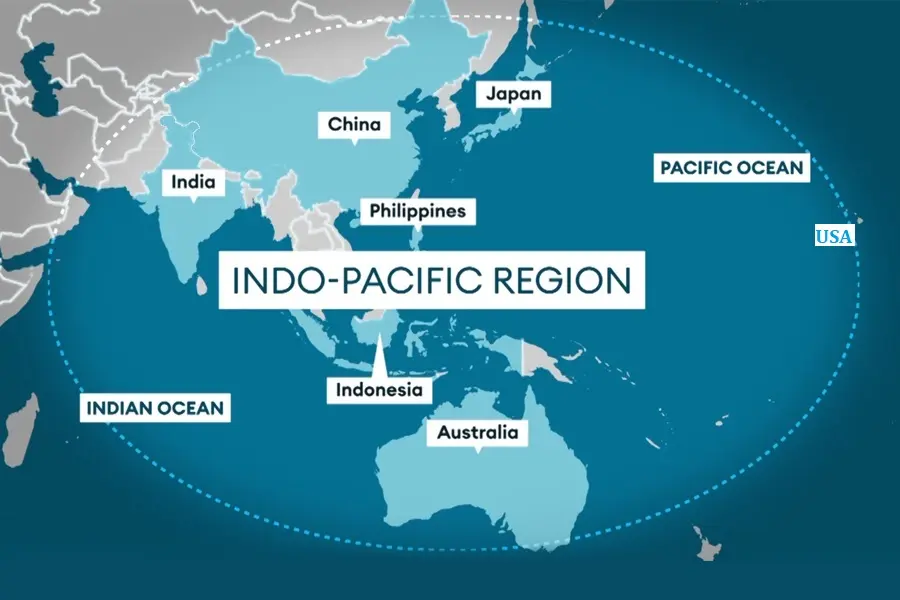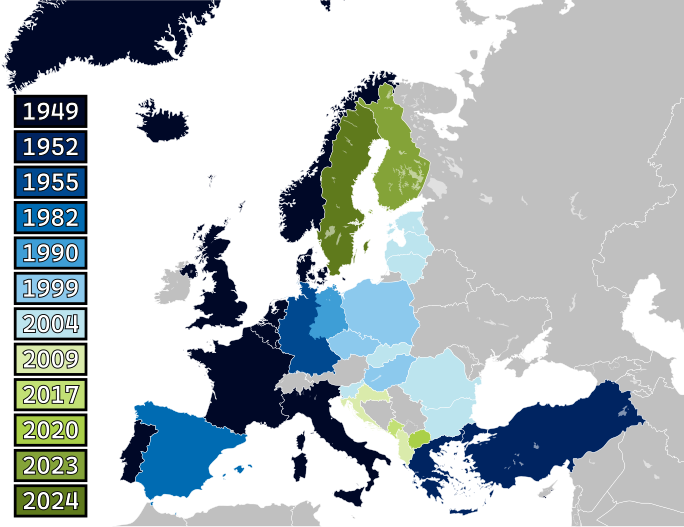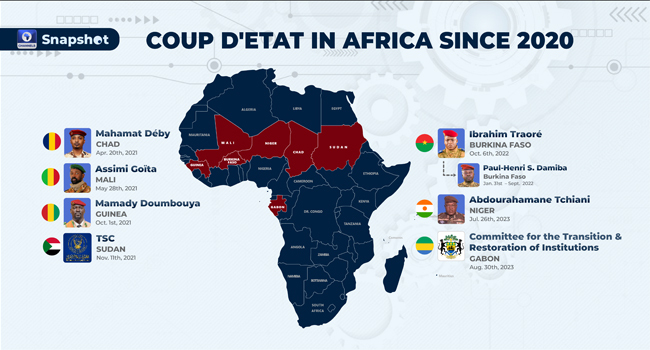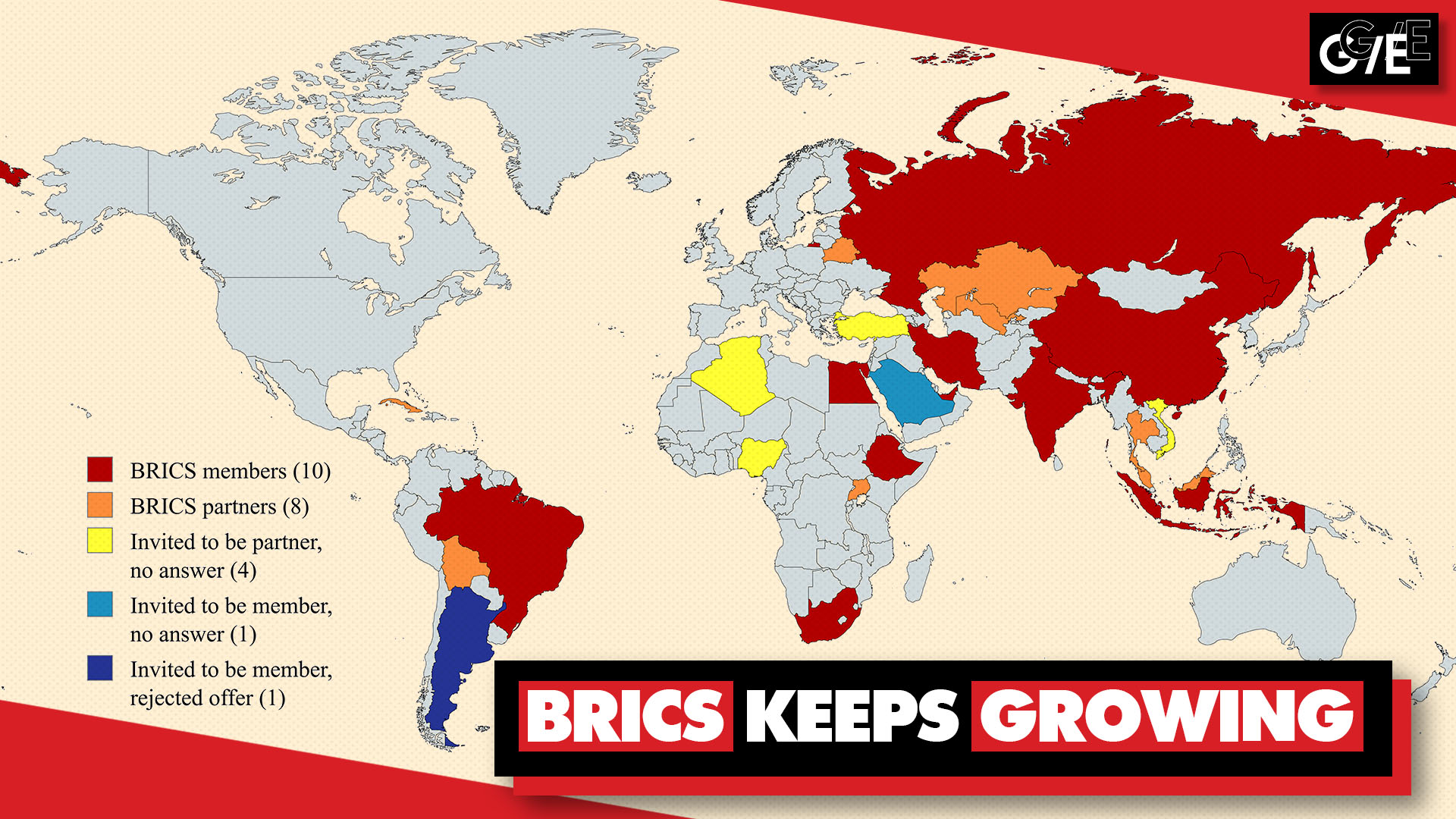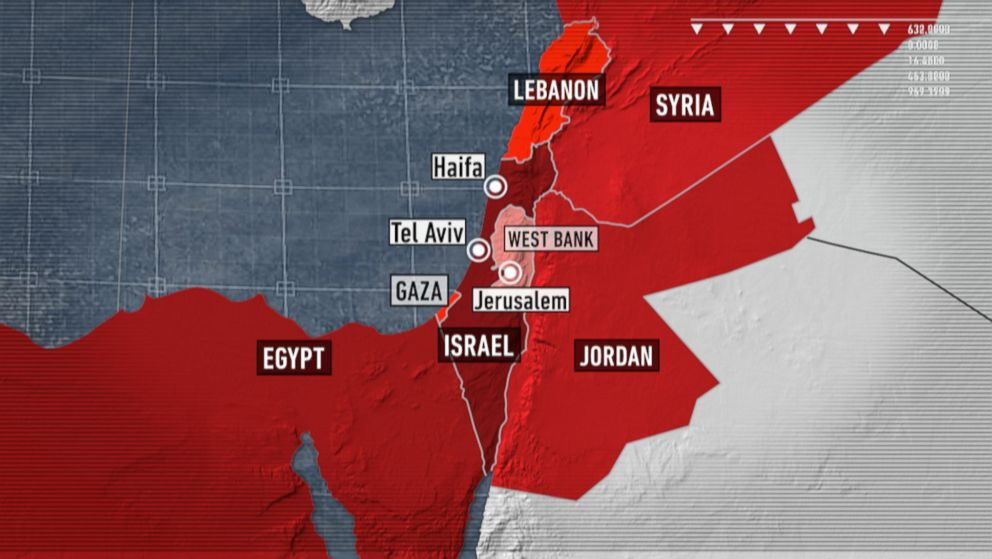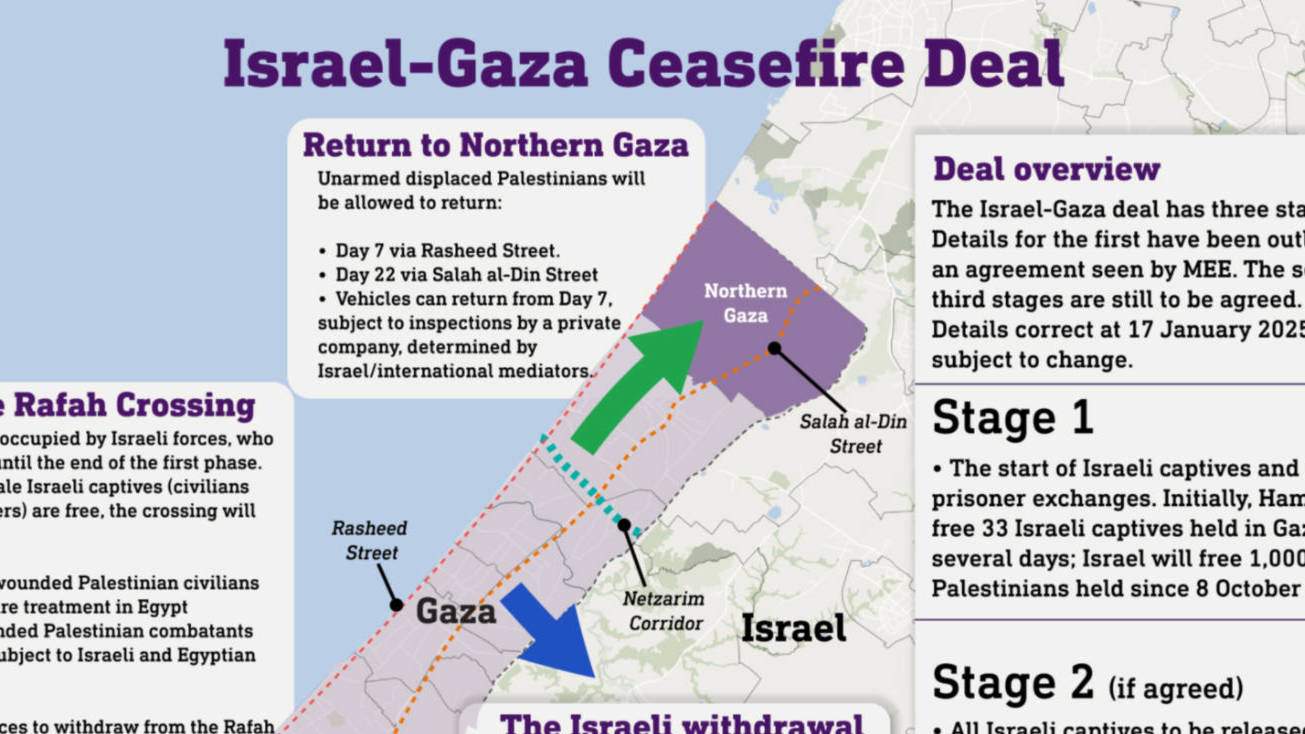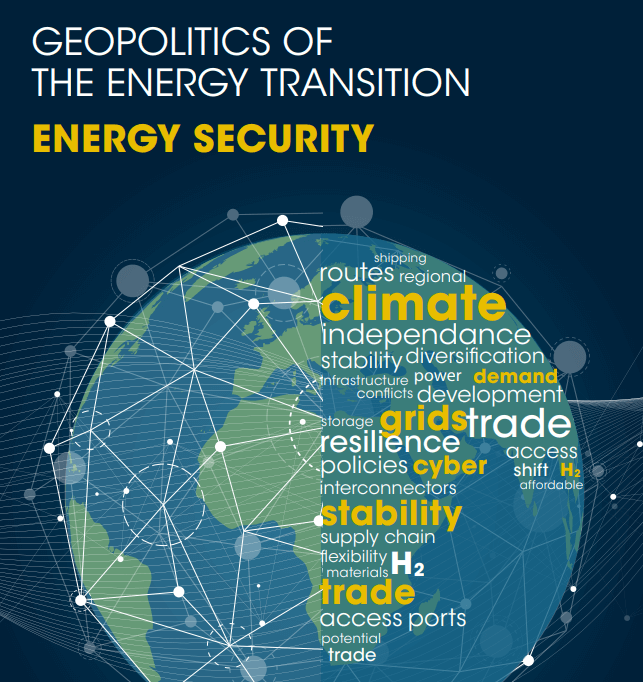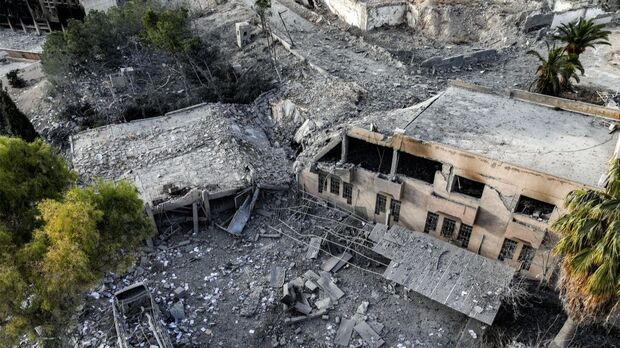
Navigating the Future: Insights from the 2023 Ecological Threat Report
The 2023 Ecological Threat Report (ETR) presents a comprehensive analysis of the myriad challenges that our planet faces due to ecological threats, compounded by climate change. This report, the fourth of its kind, evaluates the ecological risks across 221 independent states and territories, providing a crucial snapshot of the current and future challenges that could potentially reshape geopolitics, migration patterns, and global stability.
Key Findings of the 2023 Ecological Threat Report
Increasing Ecological Threats
The ETR highlights a stark reality: 45% of the countries analyzed face at least one severe or high ecological threat. This includes risks from rapid population growth, water scarcity, and food insecurity—all exacerbated by climate change. Such conditions are poised to cause significant displacement of populations and escalate conflicts, particularly in regions already vulnerable to ecological disruptions.
Impact on Sub-Saharan Africa and South Asia
Sub-Saharan Africa and South Asia emerge as the regions with the highest average ETR scores, indicating a high concentration of ecological threats. These areas are predicted to experience dramatic population increases by 2050, further straining already scarce food and water resources. For instance, Sub-Saharan Africa’s population is expected to surge by over 60%, pushing the region's ecological and societal systems to their limits.
Global Distribution of Threats
The report forecasts that by 2050, 2.8 billion people will reside in countries facing severe ecological threats, up from 1.8 billion in 2023. This rise is most pronounced in countries with low societal resilience, making them particularly susceptible to ecological disasters.
Link Between Food Insecurity and Conflict
A notable finding of the ETR is the correlation between food insecurity and conflict. A 25% increase in food insecurity heightens the risk of conflict by 36%. This statistic is alarming, considering that one billion people currently live in countries with severe food insecurity.
Water Scarcity Concerns
Similarly, water risk is a growing concern, with a 25% increase in populations lacking access to clean drinking water raising the likelihood of conflict by 18%. Currently, one in four people globally do not have regular access to safe drinking water.
Megacities and Rapid Urbanization
The report also sheds light on the challenges faced by the world’s megacities, especially those in countries with high levels of violence or conflict. Over 60% of these megacities are experiencing rapid growth without the necessary financial resources to support their expanding populations.
Recommendations and Future Outlook
Addressing Immediate Needs
Given the dire projections, it is imperative for global and regional leaders to prioritize ecological and climate resilience strategies. Immediate actions are needed to bolster water and food security to prevent further humanitarian crises and mitigate the risks of conflict.
Long-term Strategic Planning
Long-term strategies should include sustainable urban planning for megacities, investment in green infrastructure, and international cooperation on climate action. These steps are crucial not only for reducing ecological threats but also for fostering global peace and stability.
Strengthening Global Partnerships
The ETR underscores the necessity of stronger partnerships and collaborative efforts at both the international and local levels. By aligning global peace initiatives with ecological resilience strategies, the world can better prepare for and respond to the challenges highlighted in the report.
Conclusion
The 2023 Ecological Threat Report serves as a clarion call to the international community to take decisive and immediate action. By understanding and addressing the interlinkages between ecological threats and societal stability, the global community can pave the way for a more resilient and peaceful future.


